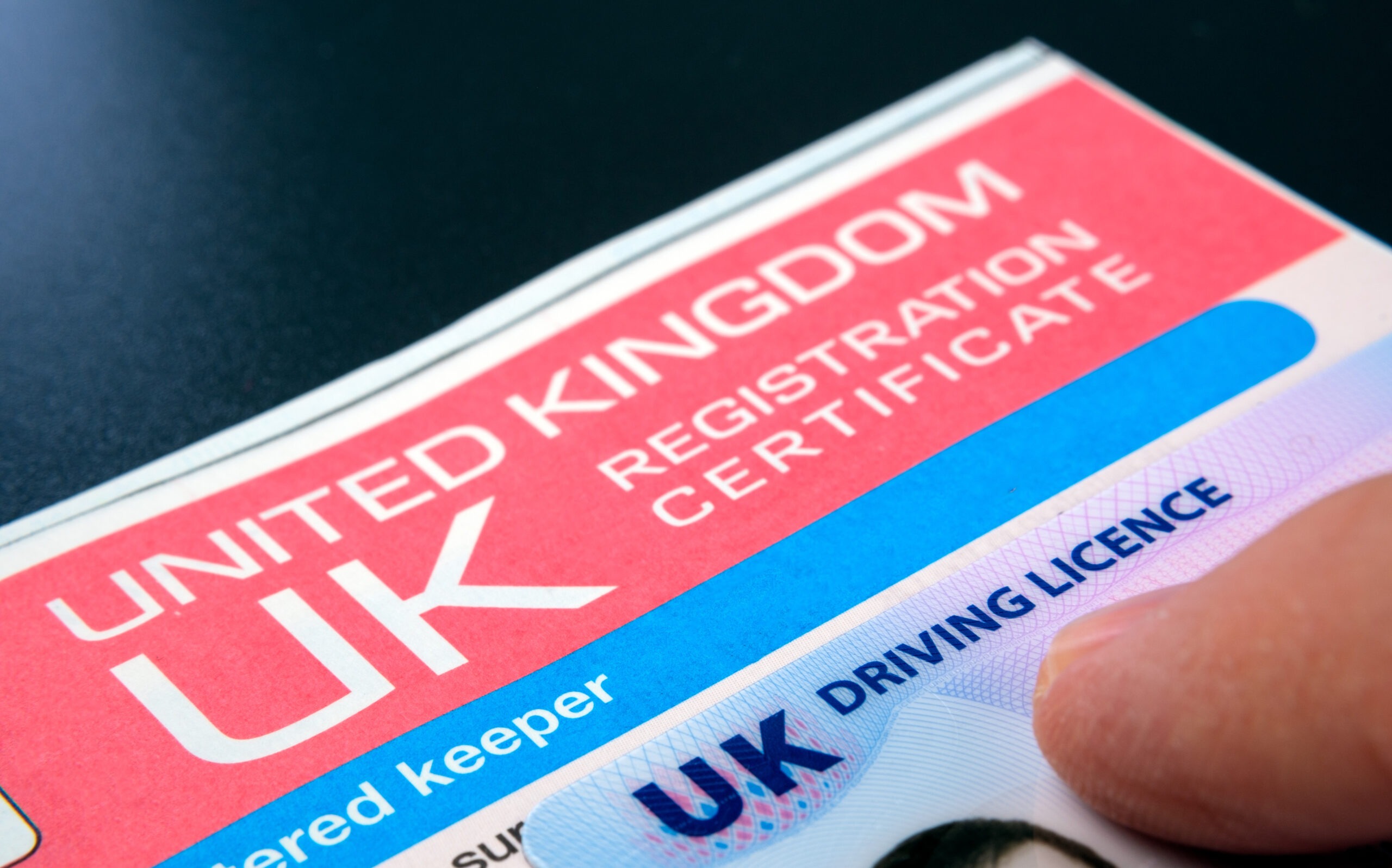
Leasing vs. Renting a Car: What’s the Difference?
When it comes to acquiring a vehicle, you have several options, with leasing and renting being two of the most popular. While both options allow you to use a vehicle without the long-term commitment of ownership, they cater to different needs and preferences. This guide will compare long-term leasing and short-term car rentals, helping you understand their differences and determine which option is best for you.
What is Car Leasing?
Car leasing is a long-term arrangement that allows you to drive a new vehicle for a set period, typically between two to four years. During the lease term, you make regular monthly payments, and at the end of the lease, you have the option to return the vehicle, buy it, or lease a new one.
Key Features of Car Leasing:
– Duration: Typically 2-4 years.
– Monthly Payments: Generally lower than loan payments for buying a car.
– Mileage Limits: Usually include mileage restrictions, with additional fees for exceeding them.
– Maintenance: Often covered by a warranty; regular maintenance may be required.
– Ownership: No ownership of the vehicle; options to return, buy, or lease a new vehicle at the end.
What is Car Renting?
Car renting, on the other hand, is a short-term arrangement where you rent a vehicle for a period ranging from a few hours to several weeks or months. Rentals are ideal for temporary needs, such as vacations, business trips, or temporary vehicle replacements.
Key Features of Car Renting:
– Duration: Ranges from a few hours to several weeks or months.
– Daily/Weekly Rates: Typically charged on a daily or weekly basis.
– Mileage: Often comes with unlimited mileage or generous limits.
– Maintenance: Generally handled by the rental company; no need for regular upkeep by the renter.
– Ownership: No ownership of the vehicle; must return it at the end of the rental period.
Comparing Leasing and Renting
- Cost
– Leasing: Offers lower monthly payments compared to purchasing a vehicle. Over the term of the lease, you’re paying for the depreciation of the car rather than the full purchase price. However, leases may come with additional fees for excess mileage or wear and tear.
– Renting: Rental costs can be higher on a daily or weekly basis compared to lease payments, particularly if you need the vehicle for an extended period. Renting is generally more expensive for long-term needs but more economical for short-term requirements.
- Duration and Flexibility
– Leasing: Best suited for individuals who need a vehicle for a longer period, such as a few years. It offers stability with fixed payments and the option to switch to a new car at the end of the lease term.
– Renting: Provides greater flexibility for short-term needs. Ideal for situations where you need a vehicle for a few days to a few months, without the commitment of a long-term agreement.
- Vehicle Selection
– Leasing: Typically offers a selection of new or nearly-new vehicles with the latest features and technology. You can choose a vehicle that suits your long-term needs and preferences.
– Renting: Provides access to a wide variety of vehicles, including economy, luxury, and specialty cars. However, the selection may vary based on the rental company and location.
- Mileage and Usage
– Leasing: Often comes with mileage limits, which can result in additional charges if exceeded. Suitable for those with predictable driving patterns.
– Renting: Many rental companies offer unlimited mileage, making it a good option for long-distance travel or if your driving needs are uncertain.
- Maintenance and Repairs
– Leasing: Regular maintenance is often covered under warranty, and you are usually responsible for routine upkeep and any excessive damage.
– Renting: Maintenance and repairs are handled by the rental company, so you don’t need to worry about the condition of the vehicle beyond normal use.
- End of Term Options
– Leasing: At the end of the lease term, you can choose to return the vehicle, buy it at a predetermined price, or lease a new vehicle.
– Renting: At the end of the rental period, you simply return the vehicle. If you need it for a longer term, you can often extend the rental.
When to Choose Leasing Over Renting
Leasing is often the better choice if you:
– Need a Vehicle Long-Term: If you require a vehicle for an extended period, leasing offers more stability and lower monthly payments compared to renting.
– Prefer New Vehicles: Leasing allows you to drive a new or nearly-new vehicle with the latest features and technology.
– Drive Predictably: If you have predictable driving needs and can stay within mileage limits, leasing provides a cost-effective solution.
When to Choose Renting Over Leasing
Renting is typically better if you:
– Need a Vehicle Short-Term: Renting is ideal for short-term needs, such as vacations or temporary replacements.
– Require Flexibility: If your vehicle needs are uncertain or vary frequently, renting provides the flexibility to adjust as needed.
– Want Unlimited Mileage: Rentals often come with unlimited mileage, making them suitable for long-distance trips or unpredictable usage.
Explore Our Long-Term Lease Options for Better Value
Deciding between leasing and renting depends on your specific needs and preferences. Leasing offers cost-effective, long-term solutions with the benefits of driving a new vehicle, while renting provides flexibility for short-term requirements.
Ready to explore long-term leasing options? Explore our long-term lease options for better value and find a vehicle that suits your needs. Whether you’re looking for a practical daily driver or a luxury vehicle, we have a range of leasing options to fit your lifestyle and budget.
Visit our website to browse our long-term lease offers or contact our leasing specialists for personalised advice. Drive away with confidence and enjoy the benefits of a long-term lease today!









